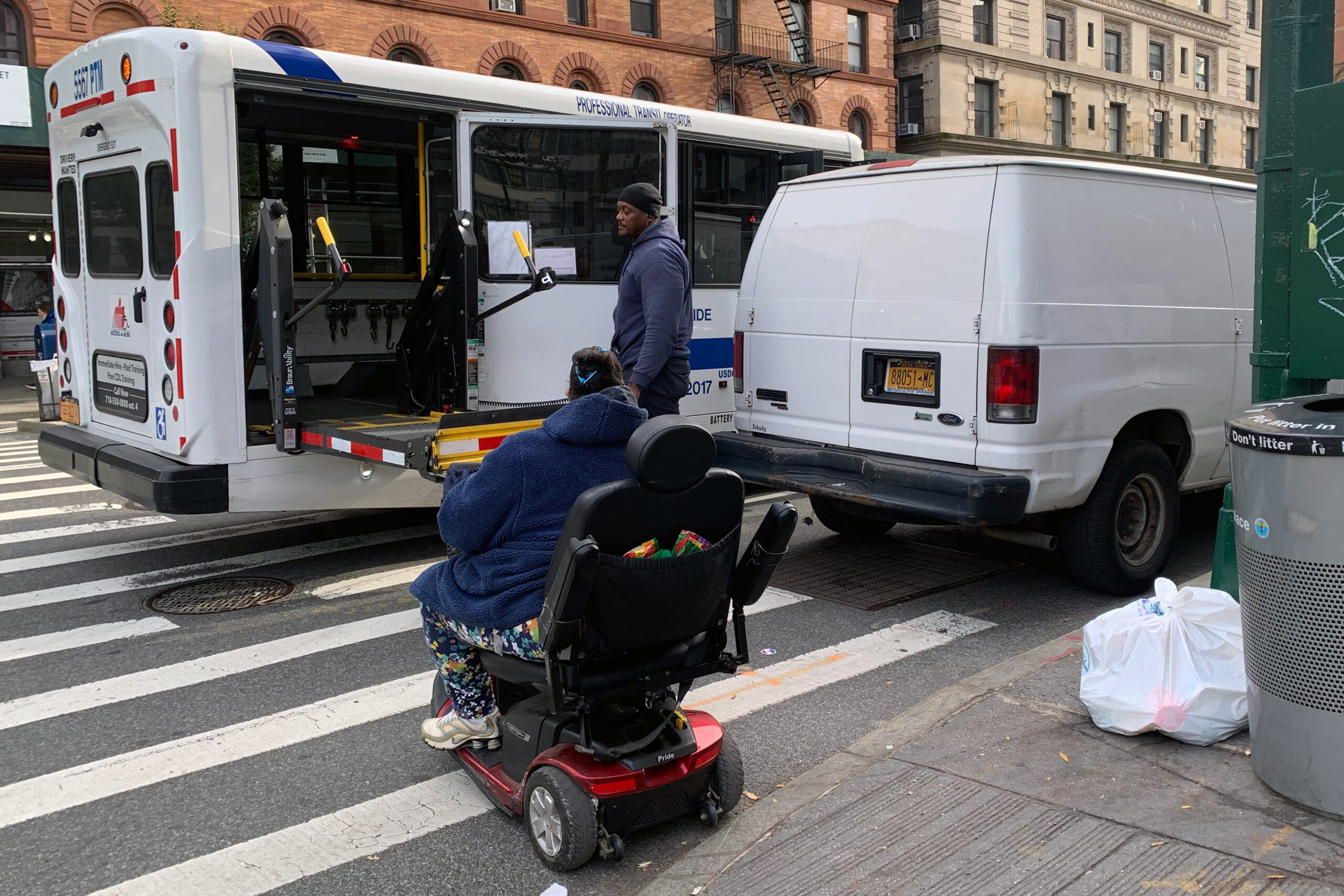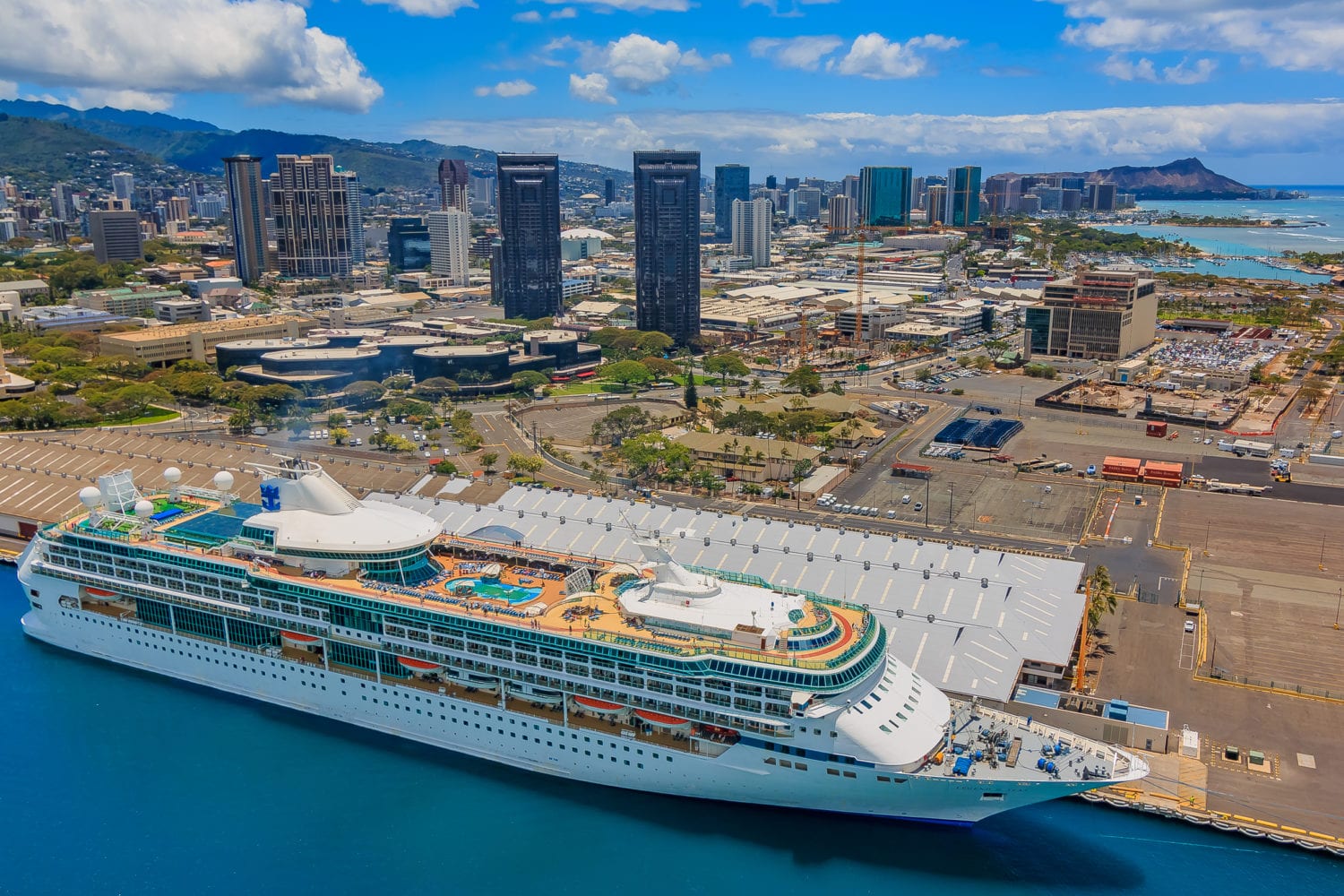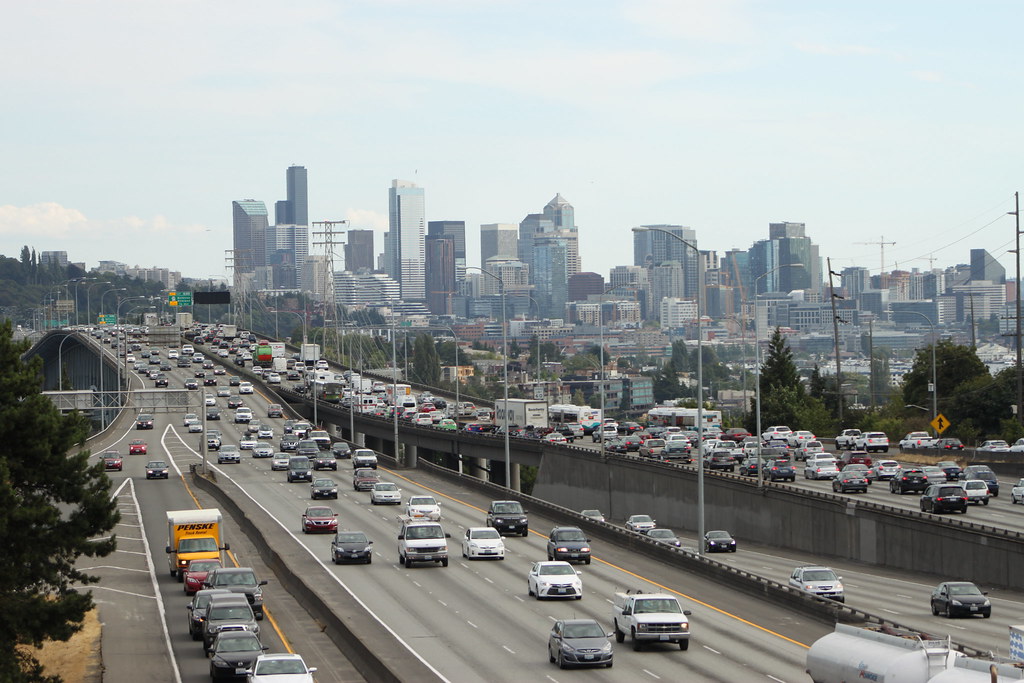Access-A-Ride Service Quality Stuck in Reverse as Traffic, Driver Absences Mount

The reliability of the MTA’s Access-A-Ride service has sunk to its lowest level in years, statistics show, even as ridership has returned to almost 80% of pre-COVID totals.
Providers of paratransit service for New Yorkers with limited mobility have repeatedly failed to meet on-time performance goals this year, MTA data reveals, with the number of driver no-shows, customer complaints and call center wait times also moving in the wrong direction.
“On virtually every measure, they’re failing,” Joseph Rappaport, executive director of Brooklyn Center for Independence of the Disabled told THE CITY. “They are not doing a great job — in fact, they are doing a lousy job.”
The troubling trend comes as Access-A-Ride hit a pandemic-era ridership high of 24,814 trips on Oct. 28. But paratransit providers are contending with industry-wide driver shortages and increased traffic citywide, which the MTA says has affected performance.
For New Yorkers who rely on Access-A-Ride, it all adds up to increased frustration with an already unpopular transportation option, whose daily ridership has returned at a higher rate than the subways, buses or commuter railroads.
“It’s so frustrating, because if you have to be someplace on time, you often can’t get there,” said Lena Townsend, 65, who takes paratransit to go to doctor’s appointments in Manhattan from her home in The Bronx. “And they don’t seem to understand that.”
‘How Do We Fix It?’
Data posted to the MTA’s Access-A-Ride dashboard, whose most recent statistics are from August, reflects a downturn in service reliability going back several months.
“You don’t ever know what you’re going to get,” said Wendy Atwell, 68, an Access-A-Ride customer who lives in Fresh Meadows, Queens. “And that is a disservice to the people who have disabilities and the seniors who use Access-A-Ride — that’s their mode of transportation.”
On-time performance for broker car service providers sunk to 70% in August — the seventh straight month of missing an 85% goal of drivers arriving no more than 15 minutes after the promised pick-up time.
In February 2020, the month before the lockdown, that figure was at 90%. The previous pre-pandemic low for the category was 77% in September 2018, which is as far as the performance dashboard goes back.
“The numbers aren’t good and it’s a huge concern of mine,” Victor Calise, commissioner of the Mayor’s Office for People with Disabilities and an MTA board member, told THE CITY. “I’m trying to figure out, how do we fix it?”
Access-A-Ride customers are not only waiting longer for rides, they’re taking longer to book them through call centers — and sometimes, not getting through at all.
The MTA’s 95% goal for handling reservation and day-of-service status calls has not been met since April, records show, and it plummeted to 78% in June.
And calls that are supposed to be answered within 60 seconds are instead taking several times as long to be picked up. In June, MTA figures show, the average call was answered in 344 seconds, nearly six minutes, though that figure improved to 157 seconds in August.
“Your ride might not show up or it might be late, so you call to say what’s going on, that you’re waiting for your ride,” Rappaport said. “Then you end up waiting longer or don’t even get your call answered at all.”
‘As Bad as It Gets’
Townsend, who has multiple sclerosis and uses a walker with wheels, has been keeping a log of recent trips that were spoiled by late arrivals or no-shows.
She cited a June trip that was scheduled for a 3 p.m. pick up from a doctor’s office at Fifth Avenue and East 93rd Street. She said the vehicle never arrived, even though she received multiple text messages saying it was nearby or at her location.
Townsend instead walked to Madison Avenue at 5:45 p.m. and ended up taking an express bus to The Bronx.
“Frustrating to say the least,” she said. “When it doesn’t show up, that’s as bad as it gets.”
Townsend also scheduled an Oct. 13 pickup from a West 42nd Street restaurant for 6:08 p.m. Her ride did not arrive, she said, until 7:30 p.m.
An MTA spokesperson said driver vacancy rates of up to 20% have hit car-service brokers hard, but added that there has been an uptick in drivers at some paratransit service providers.
“New Yorkers deserve a transportation network that is reliable, accessible and safe for all — especially for people with disabilities and seniors,” said Eugene Resnick, an MTA spokesperson. “To continue improving service, Access-A-Ride is onboarding several new brokers for hire, resumed shared rides and is returning assessment centers to 100% capacity, while ensuring that riders remain safe.”
Calise noted that sign-on bonuses of $2,000 have been offered since the summer to fill some driver vacancies for the blue and white Access-A-Ride vehicles.
“We’re trying to figure out if this incentive works,” Calise told THE CITY.
In the meantime, paratransit customers and advocates for riders with disabilities say Access-A-Ride is in need of a systemwide overhaul.
“I’ve been on hold so long with the call center at times that I was like, ‘Ok, fine, I guess I’m not going anywhere,’” said Eman Rimawi, a double amputee and organizer with New York Lawyers for the Public Interest. “It can feel like an impossible situation.”
This article was originally posted on Access-A-Ride Service Quality Stuck in Reverse as Traffic, Driver Absences Mount



